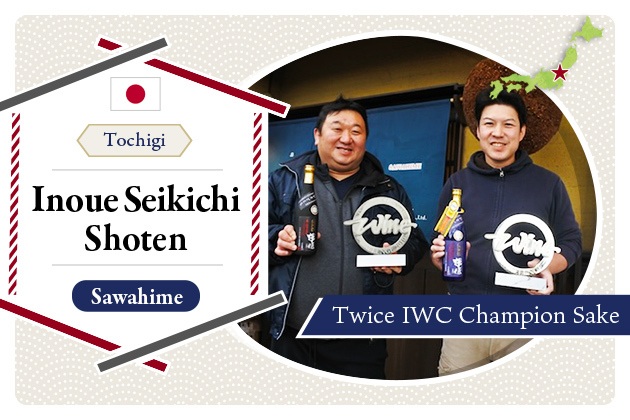
2019.01
25
Demystifying the shubo in sake
Within sake making, there is the step of making "shubo". As the adage "First koji, then moto, and lastly tsukuri" highlights, the second most important element of sake making is this "moto" which is just another name for shubo or yeast starter.
Depending on the type of shubo, the process is slightly different, each giving the resulting sake a unique taste and aroma which we explore below.
What is shubo?
Shubo(酒母), as the Chinese characters "shu(酒)" (sake) and "bo(母)" (mother) imply, is a cornerstone in creating sake. Made from steamed rice, koji, yeast, water and lactic acid, its role is to grow a large amount of yeast to produce alcohol.
This yeast is extremely delicate and will die if in contact with any microorganisms or other bacteria. However, it does have a strong resistance to acidity. Given microorganisms and other bacteria are weak to acidity, having an acidic environment becomes of importance to protect the yeast.
To make this happen, lactic acid is used and how this acid is sourced determines the type of shubo. "Sokujo-kei shubo(速醸系酒母)" or "kimoto-kei(生酛系酒母)".
Sokujo-kei shubo - "Quick fermenting yeast starter"
Sokujō-kei shubo, literally translated as "quick fermenting yeast starter", uses artificially made lactic acid.
By adding lactic acid directly to the shubo, it can be brought to a state of acidity quickly, making it a stable and efficient way to grow the shubo. Under this method, it will take about two weeks to make the shubo.
Sake made this way has a lighter and drier taste compared to the kimoto-kei which we describe below.
Kimoto-kei shubo - "Kimoto type yeast starter"
Kimoto-kei shubo, or "kimoto style yeast starter", is made with the lactic acid bacteria that live inside the brewery. The lactic acid produced by these bacteria will give the shubo acidity.
Given the process relies on naturally occurring bacteria, this method consumes more time and effort compared to the sokujo-kei, taking between three to four weeks.
It is important that other bacteria do not enter the shubo before it has produced enough lactic acid, otherwise the shubo will be ruined. This means that the environment of the brewery needs to be guarded carefully to prevent microorganisms or bacteria from entering, and the shubo needs to be monitored constantly.
The lactic acid bacteria give sake made in this kimoto style a richer taste with some acidity compared to the sokujo-kei.
What is kimoto?
Kimoto(生酛) for short refers to sake using kimoto-kei shubo that has undergone the traditional step of "yama-oroshi".
This is the process of grinding the rice that goes into making the shubo. Why is this done? Historically speaking, neither the technology for polishing rice nor the quality of the rice were made for easy saccharification (creating sugar from starch). It took a long time which increased the chances of bacteria to enter and affect the shubo. In order to reduce this risk, the rice was grounded to give it a head start, thereby reducing the saccharification time.
Yama-oroshi is hard work to say the least, lasting all night long in very cold temperatures.
What is yama-hai?
Yama-hai(山廃), abbreviated from "yama-oroshi haishi(山卸廃止)" refers to a method that omits (haishi) the yama-oroshi or grounding process described above.
Thanks to technological advances, it was no longer necessary to ground the rice. Rice more suited to sake brewing, the advanced rice polishing machines, and koji-kin with high saccharification activities scientifically made it possible to obtain the same high-grade sake even without yama-oroshi.
Even so, there are some breweries that are loyal to kimoto. They hold the view that yama-oroshi enables the components in the shubo to be uniform and balanced, or that the changing culture in the shubo influences the flavours and aromas. It goes without saying that it is a field that is more complex than meets the eye.
Pickup Articles
2019.01.18
2019.01.25
Trending Articles
Popular Articles
Recent Articles












